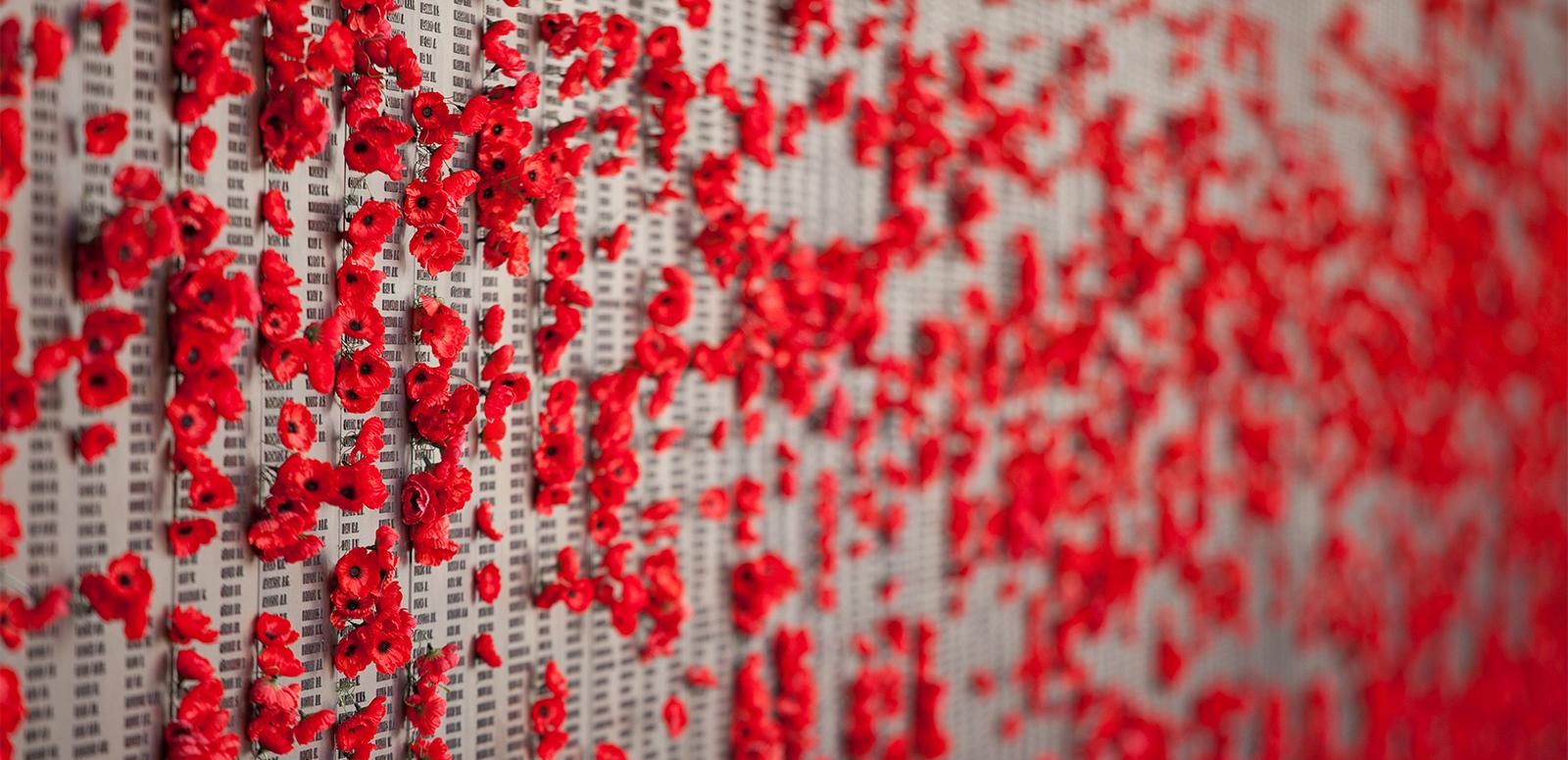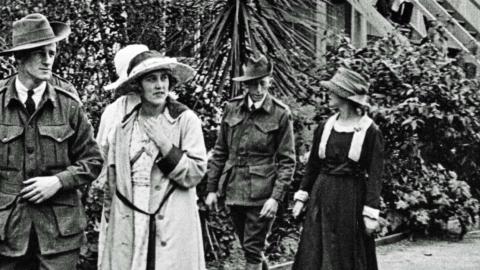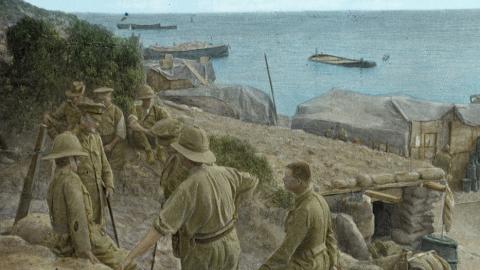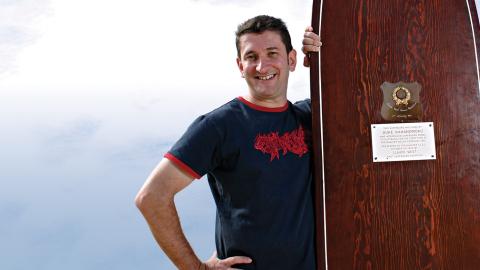

Anzac Day
Anzac Day – History, Marches and Traditions
On 25 April, Australia pays tribute to those who have served and died in military and peacekeeping conflicts.
Anzac Day initially commemorated members of the Australian and New Zealand Army Corps who landed at Gallipoli on 25 April 1915, during the First World War. The day has been a fixture on the national calendar since 1916.
Anzac Day frequently incorporates dawn vigils, marches, memorial services, reunions among members of the armed services and two-up games.
This curated collection includes home movie footage of Anzac Day marches from four decades, records of the first 'Anzac Day' from 1915, a memorial to the last Anzac veteran from Gallipoli, a documentary about the 50th anniversary of the Anzac landing, and several short segments produced by the NFSA to mark the Anzac centenary in 2015.
The National Film and Sound Archive of Australia acknowledges Australia’s Aboriginal and Torres Strait Islander peoples as the Traditional Custodians of the land on which we work and live and gives respect to their Elders both past and present.


